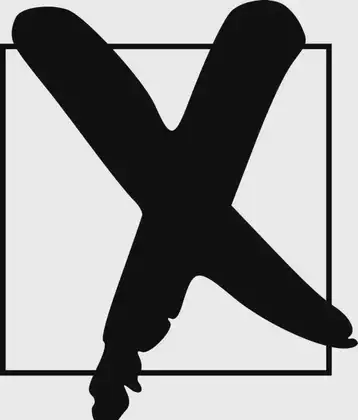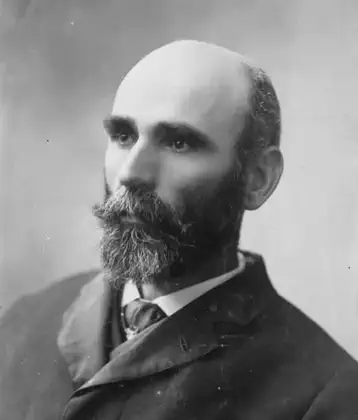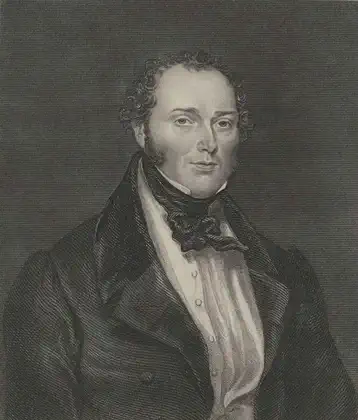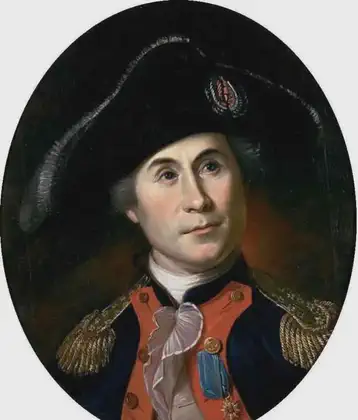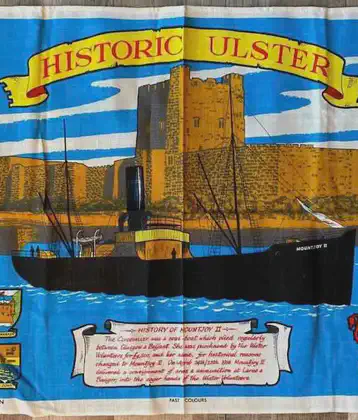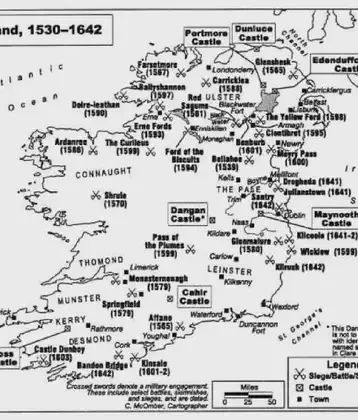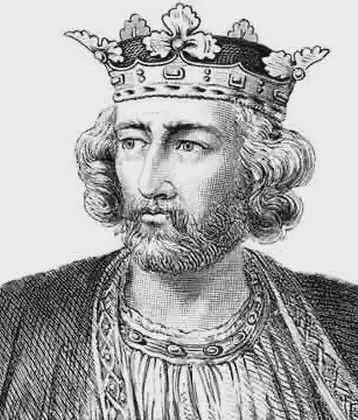On July 18, 1822 in Celtic History
The theatre royal in dublin opens

Over the centuries, there have been five theatres in Dublin called the Theatre Royal.
In the history of the theatre in Great Britain and Ireland, the designation “Theatre Royal”, or “Royal Theatre”, once meant that a theatre had been granted a royal patent, without which “serious drama” theatrical performances were not permitted by law. Many such theatres had other names.
The third Theatre Royal
In 1820, Henry Harris bought a site in Hawkins Street and built the 2,000-seater Albany New Theatre on it at a cost of £50,000, designed by architect Samuel Beazley.
This theatre opened in January of the following year. In August, George IV attended a performance at the Albany and, as a consequence, a patent was granted. The name of the theatre was changed to the “Theatre Royal” to reflect its status as a patent theatre.
The building work was not completed at the time of opening and early audience figures were so low that a number of side seating boxes were boarded up.
Bottle Riot
On 14 December 1822, the “Bottle Riot” occurred during a performance of She Stoops to Conquer attended by the Lord Lieutenant, Marquess Wellesley: Orangemen angered by Wellesley’s conciliation of Catholics jeered him during the national anthem, and a riot ensued after a bottle was thrown at him. Wellesley’s overreaction, including charging three rioters with attempted murder, undermined his own credibility.
In 1830, Harris retired from the theatre and a Mr Calcraft took on the lease. This theatre attracted a number of famous performers, including Paganini, Jenny Lind, Tyrone Power and Barry Sullivan. By 1851, the theatre was experiencing financial problems and closed briefly.
It reopened in December under John Harris, who had been manager of the rival Queen’s Theatre. The first production under Harris was a play by Dion Boucicault. Boucicault and his wife were to make their first Dublin personal appearances in the Royal in 1861 in his The Colleen Bawn.
The first performance of Boucicault’s play Arrah-na-Pogue was held at the theatre in 1864, with Boucicault, Samuel Johnson, John Brougham and Samuel Anderson Emery in the cast.
This theatre was also noted for its musical performances, which included orchestral overtures and interludes to spoken drama and operatic stagings. The orchestra was conducted by Richard Michael Levey (1811–1899) between 1834 and the burning of the theatre on 9 February 1880.
In March 1874 John and Michael Gunn took ownership of the Theatre Royal from John Harris, who had run it for nearly 25 years.
John and Michael Gunn remained joint owners of the Gaiety Theatre, but John managed the Gaiety while Michael managed the Theatre Royal.
More From This Day

